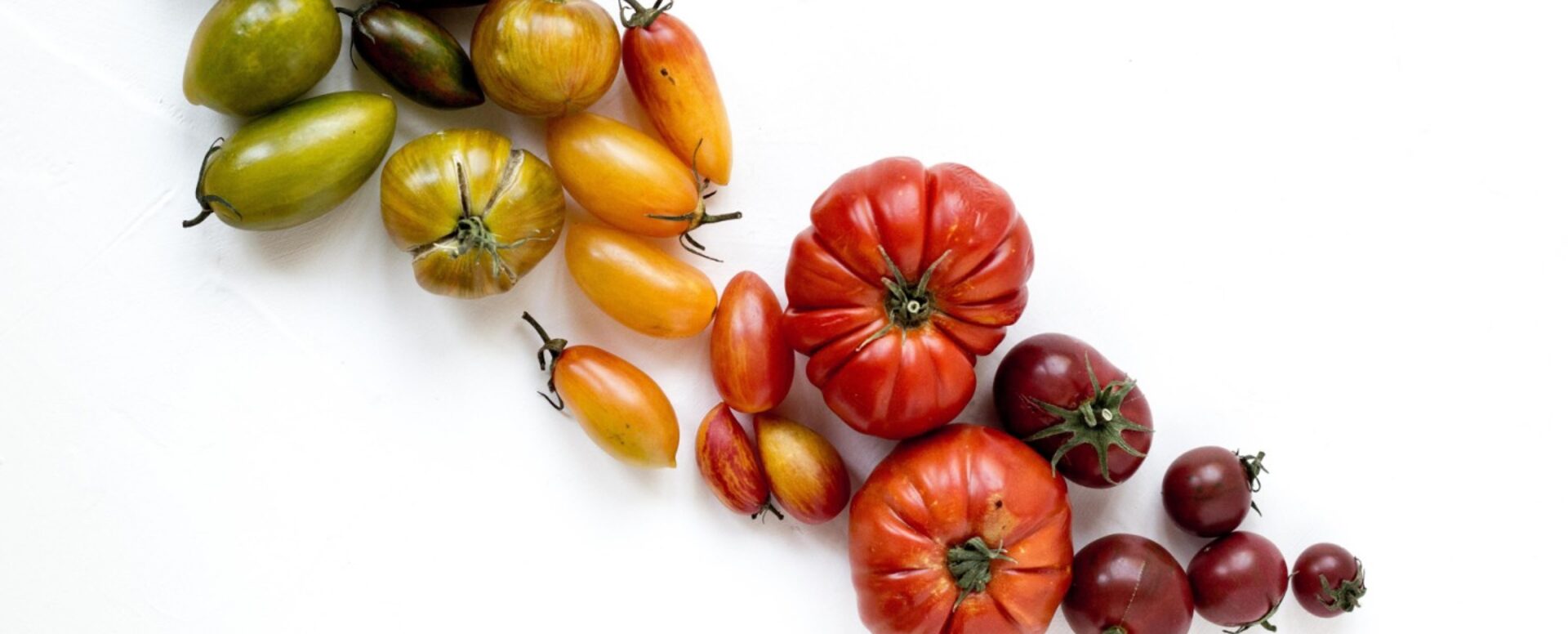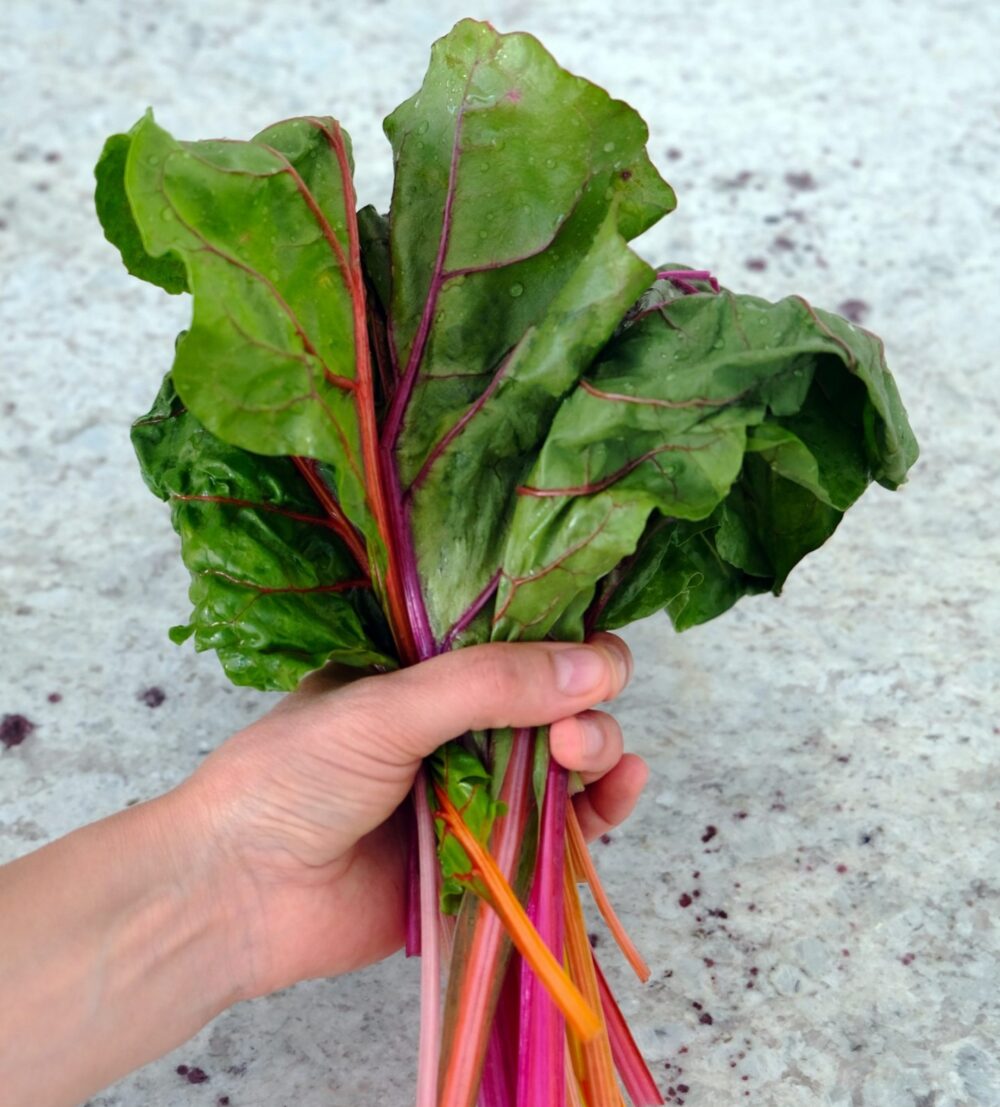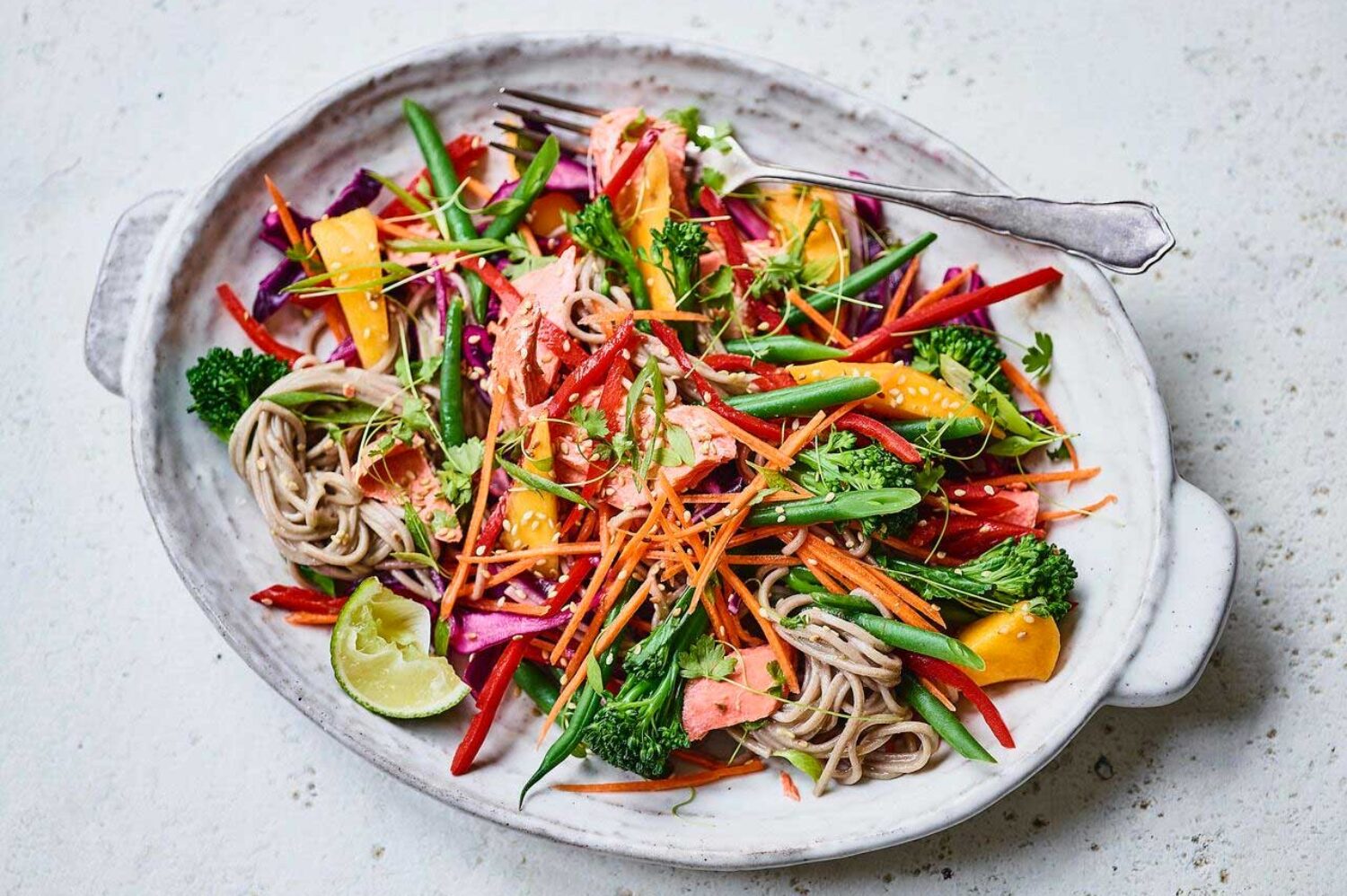Why 'Eating the Rainbow' is not just a Clichéd Phrase
Aug 2020
This article was commissioned by Natural Health Magazine
You’ve probably heard that we should, ideally, be aiming to ‘eat the rainbow’ every day. While eating a colourful diet alone is not sufficient – we also need to pay attention to the spread of our nutritional intake from various food groups and other essential nutrients – it is still an aspect of balanced eating worth thinking about. However, ‘eating the rainbow’ can sound a bit clichéd if we are not clear about why it matters, beyond perhaps making our plates look prettier.
Plants contain an amazing array of compounds called phytochemicals (with phyto– meaning plant and ‘chemical’ meaning that they are molecules). Within the plant, they are produced to help fend off damage from external stress (such as UV radiation, pests or diseases). In the kitchen, they are responsible for the distinctive colours, tastes and smells of plant foods, and in our bodies, they have been linked to a wide range of potentially beneficial effects on health. Different plants, different colours, different phytochemicals.
While many of the potential health benefits of phytochemicals are still inconclusive, much of the association is positive and research is very much ongoing. So what might they actually do? There are thousands of phytochemicals and each of these has a number of metabolites, so it’s a bit of a mammoth task to try to specify the answer to this question precisely.
However, we can look at a couple of examples: Lycopene is found in various red foods, but is particularly well absorbed from cooked tomatoes and is considered a potent antioxidant, mopping up potentially harmful free-radicals.1Anthocyanins, such as those found in deep purple foods like blackcurrants and blueberries, have been linked to improvements in cognitive performance, cardiovascular health and inflammation.2 While glucosinolates, found particularly in cruciferous vegetables (and contribute to their pungent, sometimes bitter taste) have been linked to a reduced risk of certain cancers.3
While we needn’t worry about not achieving the rainbow at every meal, ensuring that we are getting a wide range of brightly coloured whole foods into our diets will ensure we are getting a varied mixture of micronutrients and phytochemicals too. And yes, it also helps our plate look pretty.

Tips to increase your phytonutrient intake:
- Note the different colours you already eat (see below for reference) and how often. Kids often enjoy getting involved in this activity and can be very diligent accountability partners.
- Use plenty of herbs and spices in cooking. Flavouring our food like this can also help reduce the amount of salt needed, so it’s a bit of a win-win nutritionally.
- Keep some frozen vegetables handy – frozen chopped spinach is a really simple way of adding some leafy greens to other dishes, for example. Frozen berries are also a cost-effective option.
- Try having a cup of green tea with a slice lemon.
- Aim to have 2-3 portions of vegetables with each of your main meals. Colourful stir-fries and soups make this quite easy to achieve, or you could try things like mashed squash, carrots or cauliflower instead of potatoes, for example, to mix things up a bit.
- Keep an eye out for seasonal or extra-colourful produce you don’t usually buy (such as purple carrots or potatoes). Signing up to a weekly fruit or vegetable delivery box can be a great way of getting out of a shopping rut and encourage us to try a few new things.
- Lightly steam vegetables to help preserve the phytonutrients (which can be heat-sensitive). Drizzling them with a little olive oil before serving can also help absorption.
- Try swapping white pasta for spelt, red lentil, pea or chickpea pasta and white rice for purple, brown, black or red rice.

Eating the Rainbow
Click on the links below for some lovely ideas on how to use all this colourful produce.
Red
Apples, kidney beans, beetroot, red peppers, cranberries, cherries, red grapes, tomatoes, pomegranate, radishes, radicchio, strawberries, raspberries, watermelon, rhubarb, red rice, paprika, rooibos tea.
Orange
Apricots, orange peppers, cantaloupe melon, carrots, mango, nectarines, oranges / satsumas / clementine / mandarins, papaya, pumpkin / squash, sweet potato, turmeric.
Yellow
Banana, yellow peppers, corn, lemon, pineapple, potatoes, yellow courgettes, ginger.
Green
Artichoke, asparagus, avocado, Brussels sprouts, bok choy, broccoli, cabbage, celery, cucumber, green beans, peas, all sorts of leafy greens (spinach, chard, kale, lettuce, watercress, rocket etc.), limes, olives, courgettes, green tea.
Purple/black
Blueberries, mulberries, red cabbage, aubergine, figs, purple grapes, black olives, plums, black/wild rice.
White
Cauliflower, onions, mushrooms, garlic, chickpeas, cannellini beans, tahini.
Brown
Cocoa, coffee, dates, lentils, nuts, seeds, tea, cinnamon, cumin, coriander, whole grains (oats, barley, brown rice, quinoa, spelt, rye etc.).
For more ways to eat the rainbow, take a look at my article on Positive Nutrition.
You can also print off my free blank positive nutrition pyramid hereMORE TO EXPLORE
Please note that the information on this website is provided for general information only, it should not be treated as a substitute for the medical advice of your own doctor or any other health care professional providing personalised nutrition or lifestyle advice. If you have any concerns about your general health, you should contact your local health care provider.
This website uses some carefully selected affiliate links. If you buy through these links, we may earn an affiliate commission, at no additional cost to you. This helps to keep all of our online content free for everyone to access. Thank you.




